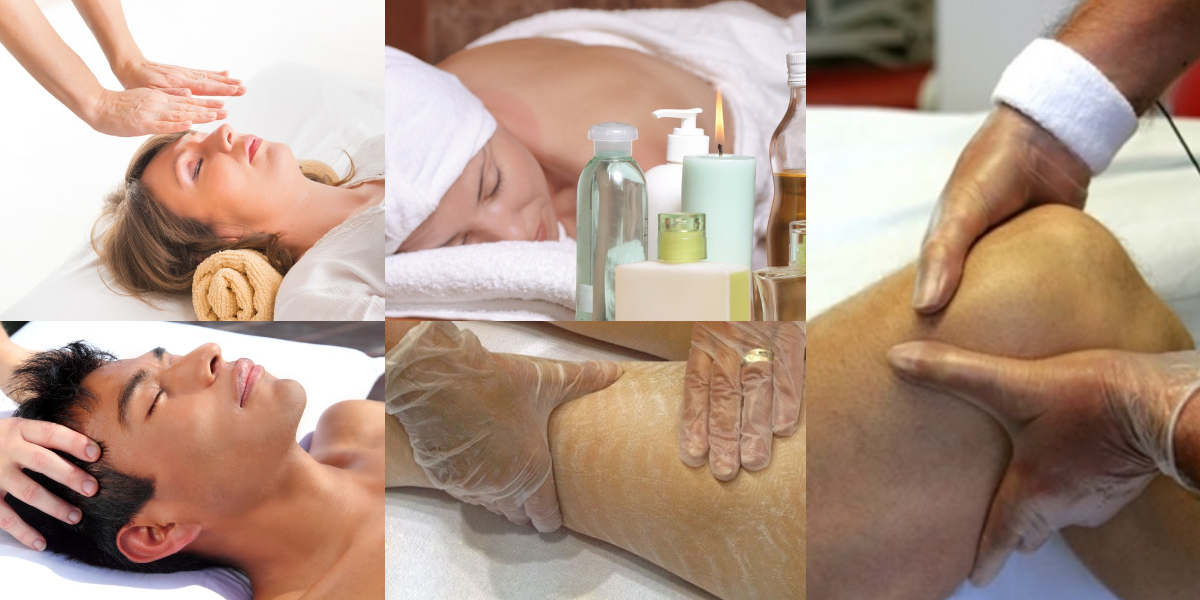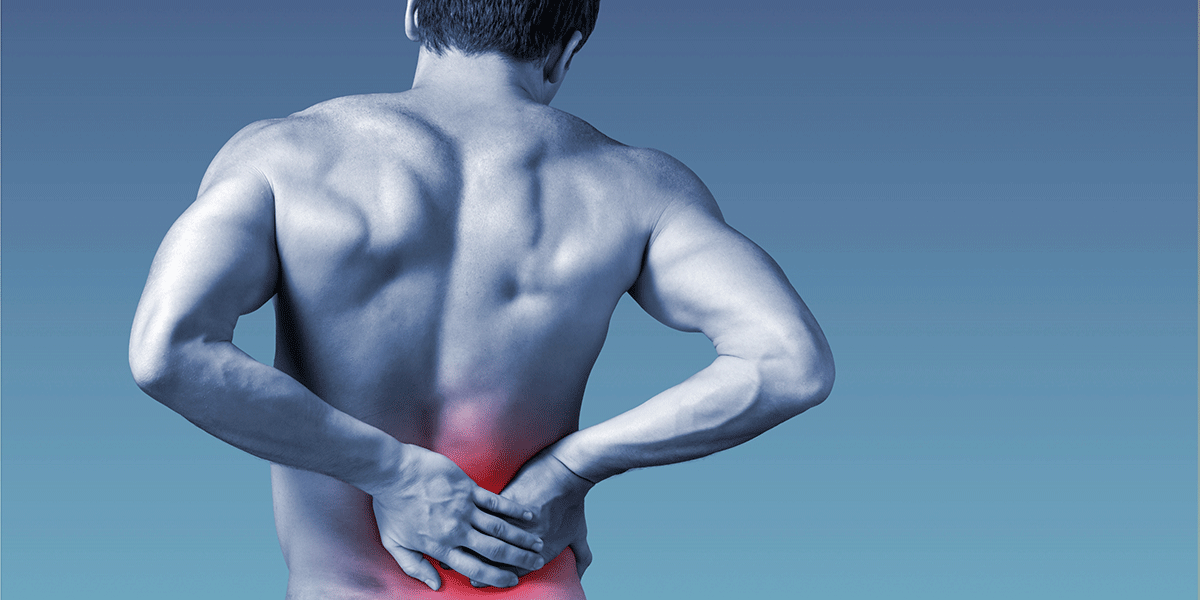Welcome to our comprehensive guide on Craniosacral Therapy, a gentle and non-invasive holistic healing practice. In this article, we will delve into the world of Therapy and explore its various aspects, benefits, and techniques. Whether you are new to this form of alternative medicine or seeking to deepen your understanding, we have you covered. Let’s begin our journey into the realm of Craniosacral Therapy, where the power of touch and subtle energy can create transformative experiences.
What is Craniosacral Therapy?
Craniosacral Therapy, often referred to as CST, is a gentle and hands-on healing modality that focuses on the craniosacral system. This system encompasses the membranes and cerebrospinal fluid that surround and protect the brain and spinal cord. The therapy was first developed by osteopathic physician William Sutherland in the early 20th century and has since evolved into a holistic approach to healing the body and mind.
The Craniosacral Rhythm
One of the key principles of Therapy is the craniosacral rhythm, which is the subtle, rhythmic motion of the cerebrospinal fluid that bathes the central nervous system. The therapist uses their trained hands to detect and assess this rhythm, identifying any restrictions or imbalances that may be present in the body.
Benefits of Craniosacral Therapy

Craniosacral Therapy offers a wide range of benefits for individuals seeking relief from various physical and emotional conditions. Some of the potential benefits include:
- Pain Relief: CST can help alleviate chronic pain conditions, such as migraines, back pain, and fibromyalgia.
- Stress Reduction: By promoting relaxation and calming the nervous system, CST can effectively reduce stress and anxiety.
- Enhanced Immune Function: The therapy can support the immune system, helping the body to better defend against illnesses.
- Improved Sleep Quality: Many individuals report improved sleep patterns and better rest after undergoing CST.
- Emotional Release: CST can facilitate the release of emotional trauma and promote emotional well-being.
Craniosacral Therapy Techniques
Craniosacral Therapists use various techniques to address imbalances and promote healing. Some common techniques include:
- Listening Touch: The therapist uses a gentle touch to listen to the craniosacral rhythm and identify areas of restriction.
- Energy Balancing: By working with the body’s energy flow, the therapist helps to restore balance and harmony.
- Unwinding: This technique involves allowing the body to move and release tension naturally.
- Emotional Release: Therapists may encourage emotional release through dialogue and gentle support.
Who Can Benefit from Craniosacral Therapy?

Craniosacral Therapy is a safe and gentle practice suitable for people of all ages, from infants to the elderly. Individuals seeking relief from various physical and emotional conditions may find value in this therapy. It is essential to consult a qualified Craniosacral Therapist to determine if this modality is right for your specific needs.
Craniosacral Therapy for Infants and Children
Craniosacral Therapy can be particularly beneficial for infants and children. It is known to help with conditions such as colic, breastfeeding difficulties, sleep disturbances, and developmental challenges. The gentle nature of CST makes it a suitable choice for young ones, promoting their overall well-being.
Craniosacral Therapy in Complementary Medicine
Craniosacral Therapy is often used in conjunction with other complementary and alternative therapies to enhance overall wellness. Integrative medicine approaches may combine CST with practices such as acupuncture, massage therapy, and yoga to create a holistic healing experience.
Craniosacral Therapy and Mind-Body Connection
One of the significant aspects of Therapy is its recognition of the mind-body connection. The therapy acknowledges that physical and emotional well-being are intertwined, and addressing both aspects is vital for complete healing.
FAQs about Craniosacral Therapy
| Question | Answer |
|---|---|
| Is Craniosacral Therapy Painful? | No, Craniosacral is a gentle and non-invasive practice. The therapist uses a light touch, making it a comfortable and relaxing experience. Many individuals find the therapy deeply soothing and rejuvenating. |
| How Many Sessions Do I Need for Results? | The number of sessions required varies depending on individual needs and conditions. Some people experience relief after just one session, while others may benefit from regular sessions over time. It’s best to discuss your specific situation with a qualified Craniosacral Therapist, who can tailor a treatment plan to suit your requirements. |
| Can Craniosacral Therapy Treat Emotional Issues? | Yes, Craniosacral can be effective in addressing emotional issues and promoting emotional well-being. The therapy’s gentle approach can facilitate the release of emotional trauma and tension, allowing for emotional healing and personal growth. |
| Is Craniosacral Therapy Suitable for Children? | Absolutely! Therapy is safe and beneficial for children of all ages. It can be particularly helpful for infants with colic, breastfeeding challenges, and sleep disturbances. Children with developmental difficulties may also benefit from CST. The gentle touch and non-invasive nature of the therapy make it a preferred choice for pediatric care. |
| Can CST Help with Chronic Pain Conditions? | Yes, Therapy has shown promising results in providing relief for chronic pain conditions such as migraines, back pain, fibromyalgia, and more. By addressing the underlying imbalances, CST can alleviate pain and promote better overall well-being. |
| Is Craniosacral Therapy Scientifically Validated? | While scientific research on Therapy is ongoing, numerous studies have shown positive outcomes and benefits for individuals who have undergone CST. Many practitioners and patients attest to its effectiveness, and it continues to gain recognition as a valuable complementary therapy. As with any holistic approach, individual experiences may vary, but the growing body of evidence supports its potential as a healing modality. |
Conclusion
Craniosacral Therapy is a gentle yet powerful healing modality that can bring relief and transformation to individuals seeking a holistic approach to health. By working with the body’s innate wisdom, CST fosters a deeper connection between the physical, emotional, and energetic aspects of our being. Whether you are dealing with chronic pain, emotional imbalances, or simply seeking relaxation, Therapy offers a path to rejuvenation and well-being.
Remember, this article serves as a guide, and it’s essential to seek the expertise of a qualified Craniosacral Therapist for personalized care. Embrace the healing power of touch and explore the wonders of Craniosacral.

John Xiong is a passionate writer, researcher, and wellness enthusiast, dedicated to exploring the intricacies of human health and well-being. With a profound interest in holistic healing practices, John’s expertise lies in the field of alternative therapies and mind-body connections. As the author behind the thought-provoking articles on “xiong.ac

